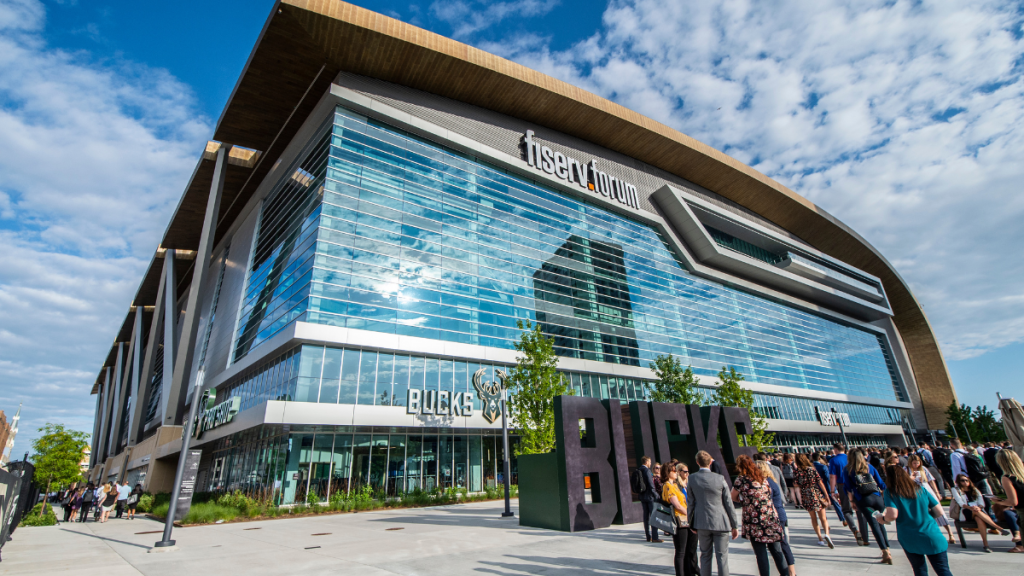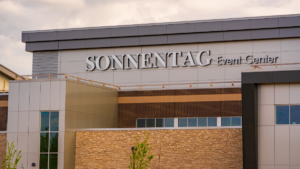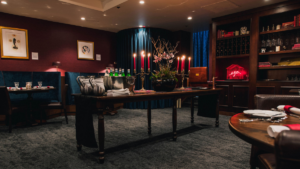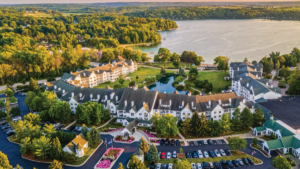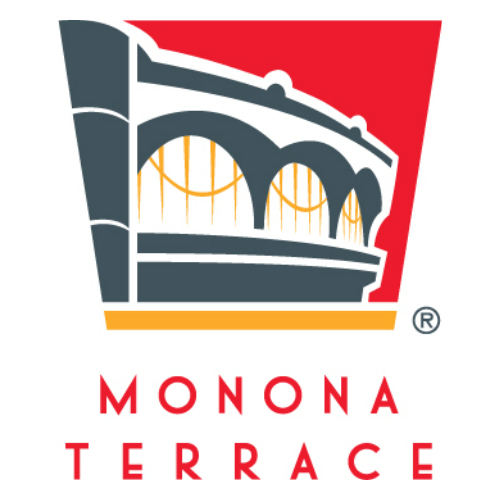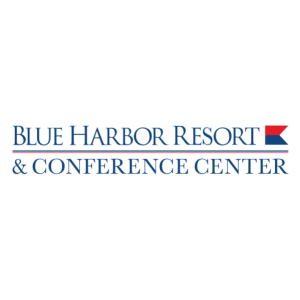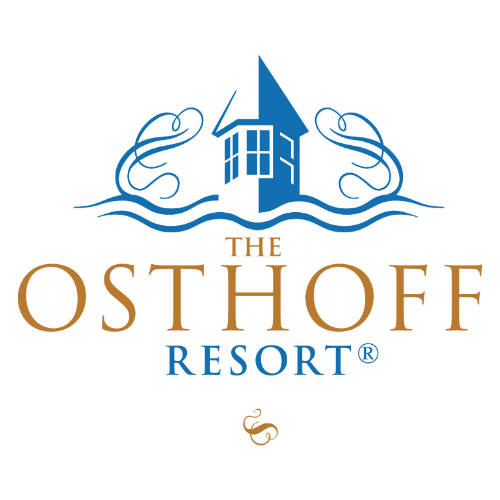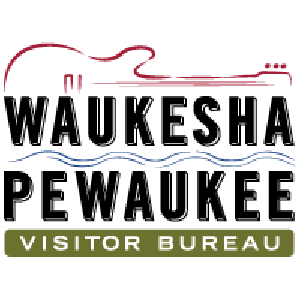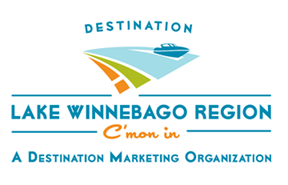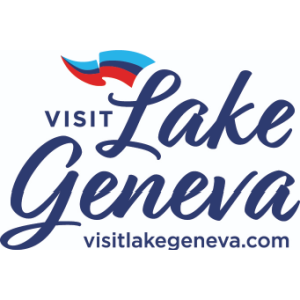How to Plan Your Sports Event
07/03/2024
By Ronnie Wendt | Photo: Fiserv Forum © Visit Milwaukee
Hosting a sports event is like putting on a massive show. Planners must be precise, pay attention to details and understand what both participants and spectators want. Whether planning your first or your hundredth, there are vital things to consider for a winning sporting event.
The venue and location set the stage for a successful event. Luckily, the state has tons of amazing sports venues with space for team play and fans, meeting spaces, ample parking and plenty of hotels, restaurants and places to hang out.
Prime locations and a welcoming attitude extend across Wisconsin – check out these tips and look for more on another venue, American Family Field – home of the Milwaukee Brewers – in our next issue.
According to Marissa Werner, director of Sports Milwaukee, planners are also eager to learn about venue availability and local attractions, an area where Milwaukee shines. She cites Fiserv Forum, Pettit National Ice Center, Uihlein Soccer Park and the newly expanded Baird Center (formerly known as the Wisconsin Center) as popular sports venues.
“The Baird Center provides world-class space with advanced technology, and a 300,000-square-foot ballroom that will appeal to larger youth, amateur and Olympic-focused events,” Werner says.
Pettit National Ice Center, the official U.S. speedskating training facility, features a 400-meter Olympic oval and two international-size rinks. Up on the second floor, the Hall of Fame Room is a banquet room with a view of the arena and space for up to 150 guests.
The 69-acre Uihlein Soccer Park can accommodate up to 4,000 people, featuring indoor and outdoor soccer facilities, and several meeting rooms. It is a regular host for soccer, la crosse, field hockey, rugby, ultimate frisbee and state championship games.
Impressive facilities alone do not attract sporting events; people also want to know where they are staying. Milwaukee offers 5,000 hotel rooms downtown, with average daily costs being affordable, according to Werner. “Hilton Milwaukee City Center, Hyatt Regency Milwaukee and SpringHill Suites by Marriott Milwaukee Downtown are connected by skywalk to the downtown convention center,” she adds.
Another key concern is sponsorships, as many communities provide sponsorships for events because of their economic impact. Werner says event organizers can capitalize on Milwaukee’s infrastructure and services by leveraging partnerships and collaborations with local organizations. Sports Milwaukee, for example, solicits, promotes and enhances youth, amateur and professional sporting events to create a positive impact on the greater Milwaukee area. The Cream City Convention Pass also provides discounts at downtown businesses, she adds.
More than just a home for Milwaukee Bucks basketball, Fiserv Forum reflects the heritage, history and personality of Milwaukee, according to Werner. The 714,000-square-foot arena projects “progress, accessibility and a renewed sense of community,” she says. “It’s a hub for entertainment, and an engine that drives growth in downtown Milwaukee and the 30-acre Deer District surrounding it.” Throughout the year, the venue accommodates up to 200 events, ranging from basketball games to concerts to special sports events.
The building’s most versatile meeting space is the arena floor, which can host events for up to 2,000 people. In contrast, the Potawatomi Club and its spacious outdoor patio offer sweeping views of the city. The club works well for meetings of up to 84 people, but can also accommodate 450 guests for a reception. The facility’s Atrium doubles as a meeting space for up to 280 guests at round tables, while an outdoor, open-air plaza connects to the entertainment deck. Groups can incorporate a VIP tour or game into after-hours activities. Visit fiservforum.com for more information.
Ronnie Wendt is a freelance writer based in Minocqua, Wis.

